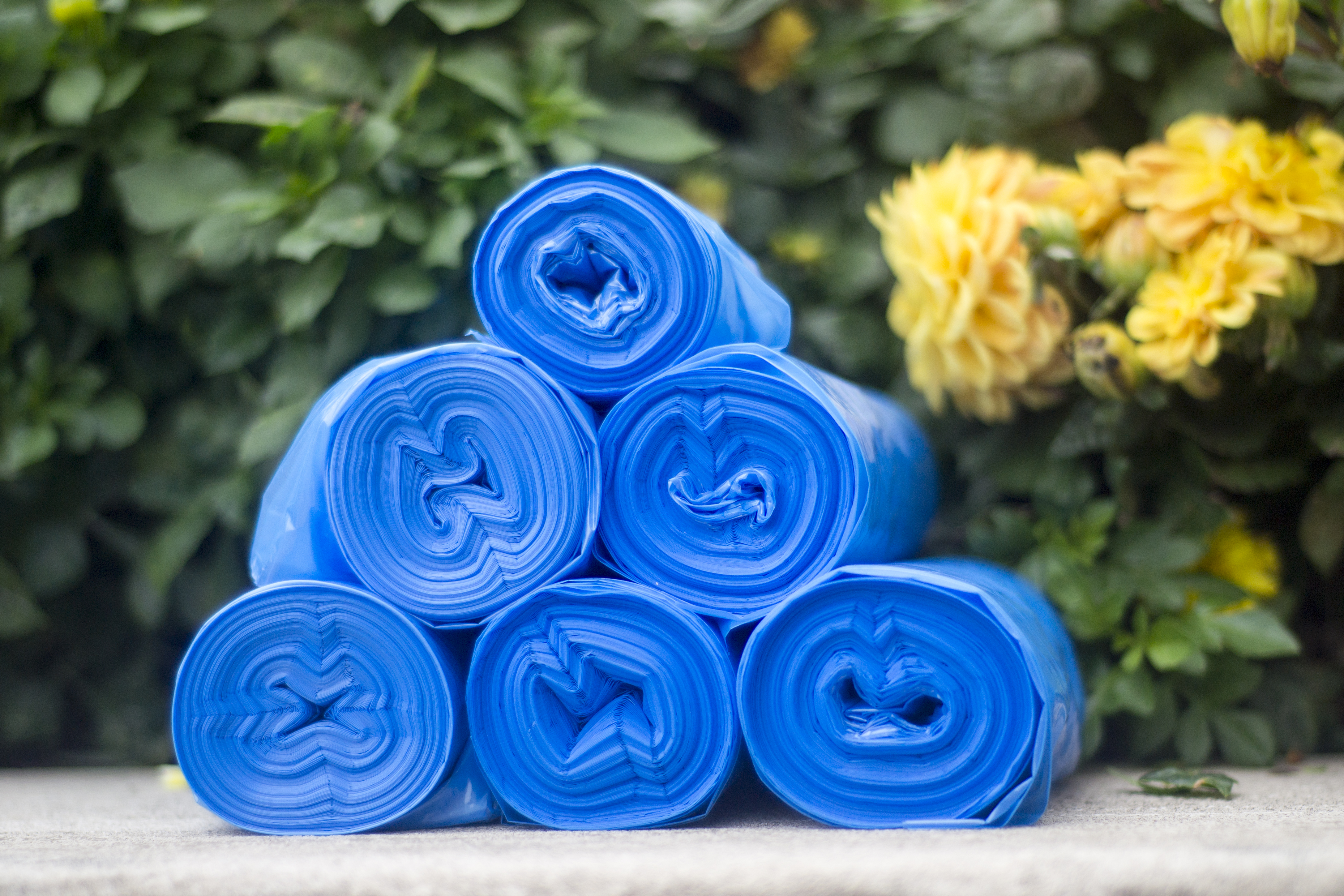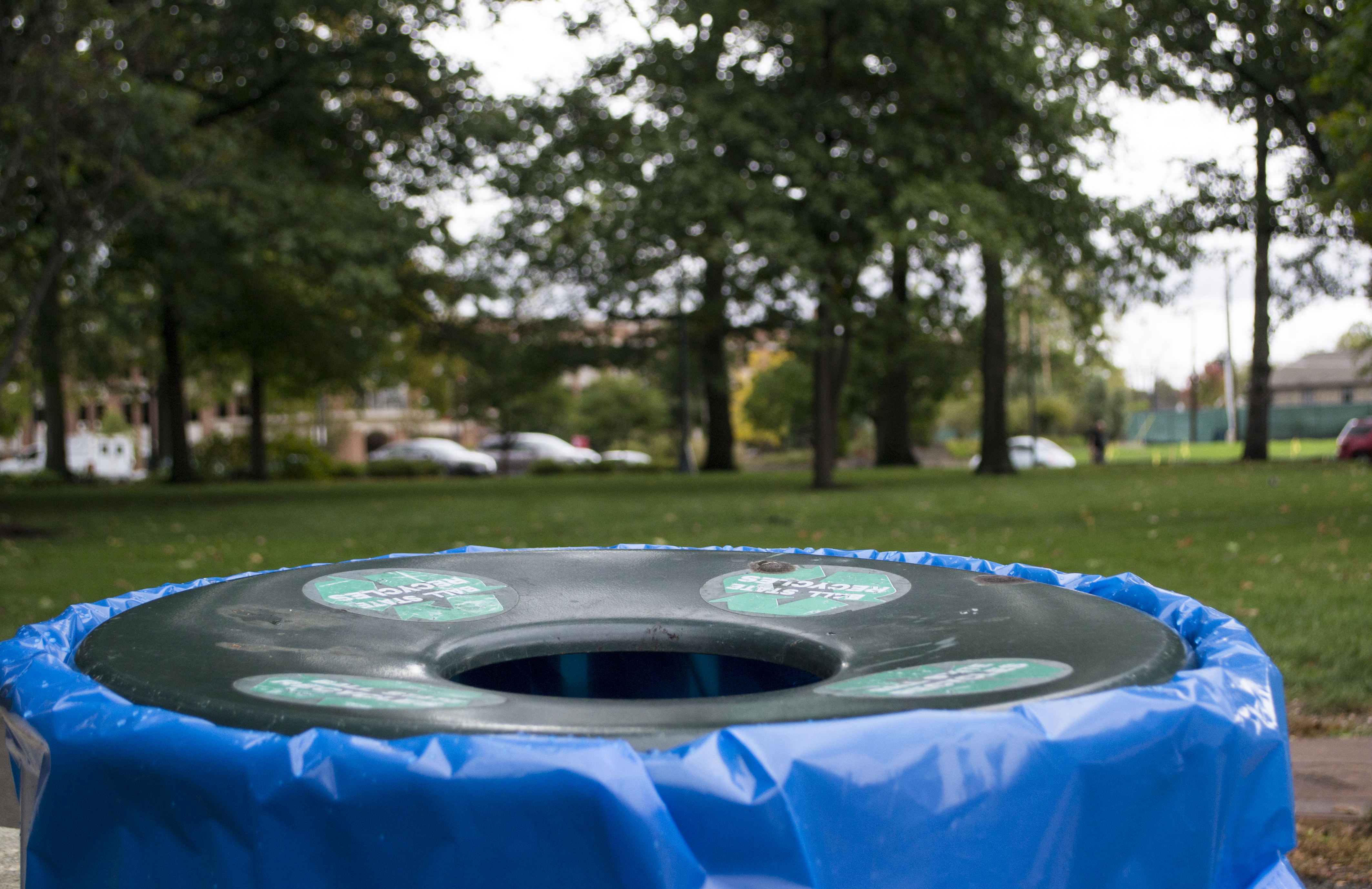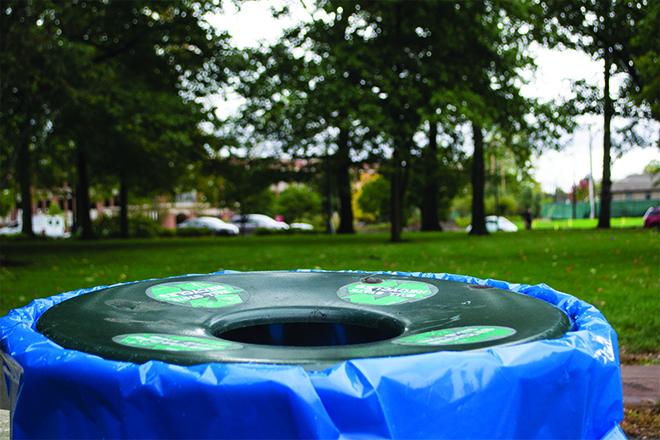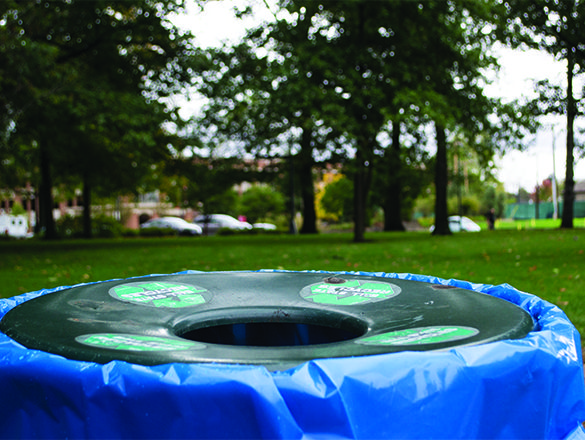
If current environmental trends continue, the planet will become unlivable within this generation’s lifetime.
Back in 2002, the World Wildlife Foundation estimated that human consumption would destroy the forests, empty the oceans, and eliminate the atmosphere by the year 2050.
The study estimates that one third of the natural world has been destroyed by humans since 1970 and indicates a need for more sustainable lifestyles, especially in Western culture.
Those who have grown up in the midst of all the publicity that climate change has gotten recently often overlook the consequences of poor waste management.
“I don’t know too much about the infrastructure of the recycling, or how well [Muncie] works with Ball State,” said Dan Martens, a Ball State senior. “I would assume that they try to do their best, given the number of students.”
Martens is like many students at Ball State who are aware of the recycling program, but are ill-informed on the process of recycling and its global impact.
As part of its green initiative, Ball State participates in the Muncie Sanitary District’s (MSD) Blue Bags program; a consumer-driven recycling initiative designed to reduce Muncie’s carbon footprint.
Muncie residents can find the blue bags lining bins in virtually every hallway on campus. Each bin is marked with signs designating what kinds of recyclables they can take.
When students throw a recyclable product into a blue bag, one of MSD’s collection trucks picks it up and takes it to a recycling center. From there, the items are sorted and broken down into raw material, which is then sent to manufacturers to be reused.
Recycling can be an expensive process.
According to the Environmental Protection Agency, the average cost per household to recycle one ton of materials is about $150, which adds up massively on a national scale. As a result, recycling services are often confined to independent contractors, like the one that handles materials from Ball State.
The amount of money that goes into recycling services raises speculation about how much of a difference it actually makes and whether the benefits outweigh the cost.
Juan Carlos Ramirez-Dorronsoro, who holds a doctorate in environmental engineering with emphasis on air pollution control, of the Ball State Environmental Science Department argues in favor of recycling despite the cost, citing that future efforts may be necessary if waste keeps going into landfills.
“Eventually that [garbage] is going to start costing us more money,” said Ramirez-Dorronsoro.
According to Live Life Green, landfills are often responsible for contaminated groundwater and soil. They also produce methane, a greenhouse gas that is approximately 21 times as powerful as carbon dioxide in its global warming potential.
Ramirez-Dorronsoro believes recycling is necessary for a sustainable future. He says the first step toward reducing waste is raising awareness, particularly through student initiatives.

“Not all of the public is aware of these recycling efforts. This is an opportunity for student organizations to jump into a leadership role,” said Ramirez-Dorronsoro.
To combat climate change and the exhaustion of natural resources, some organizations like Ball State have initiated environmental discussions to assess how they can make a difference.
In 2001, Ball State created the Council on the Environment (COTE), a group with faculty, student and community representation from each of the academic colleges within the university. It’s designed to encourage the development of an environment-friendly campus community. The council provides a forum discussion setting to discuss ecological issues relating to Ball State and to propose solutions that save energy and reduce waste.
Anna Pasquali, a student COTE representative and president of the Ball State Energy Action Team (BEAT), described her experience with the council.
“As president of the BEAT, I have seen how well the Council on the Environment supports student groups,” said Pasquali. “They help with our residence hall and academic building energy challenge, and they support our events.”
Pasquali also said the council is a key part in moving student initiatives forward and promoting awareness about sustainable practices.
“I love sitting as a student member on the council. It is so inspiring to see so many dedicated faculty, staff and Muncie community leaders from all different backgrounds come together to work to reduce our carbon footprint,” said Pasquali.
The council’s efforts contributed to Ball State being named Indiana’s greenest university by EcoWatch.com, and the group continues to work to improve the Muncie community’s environmental standing.
Recycling is a necessary step for students to take. So when you’re winding up to toss out that crumbled English paper you just bombed, consider shooting for the blue bag instead.




